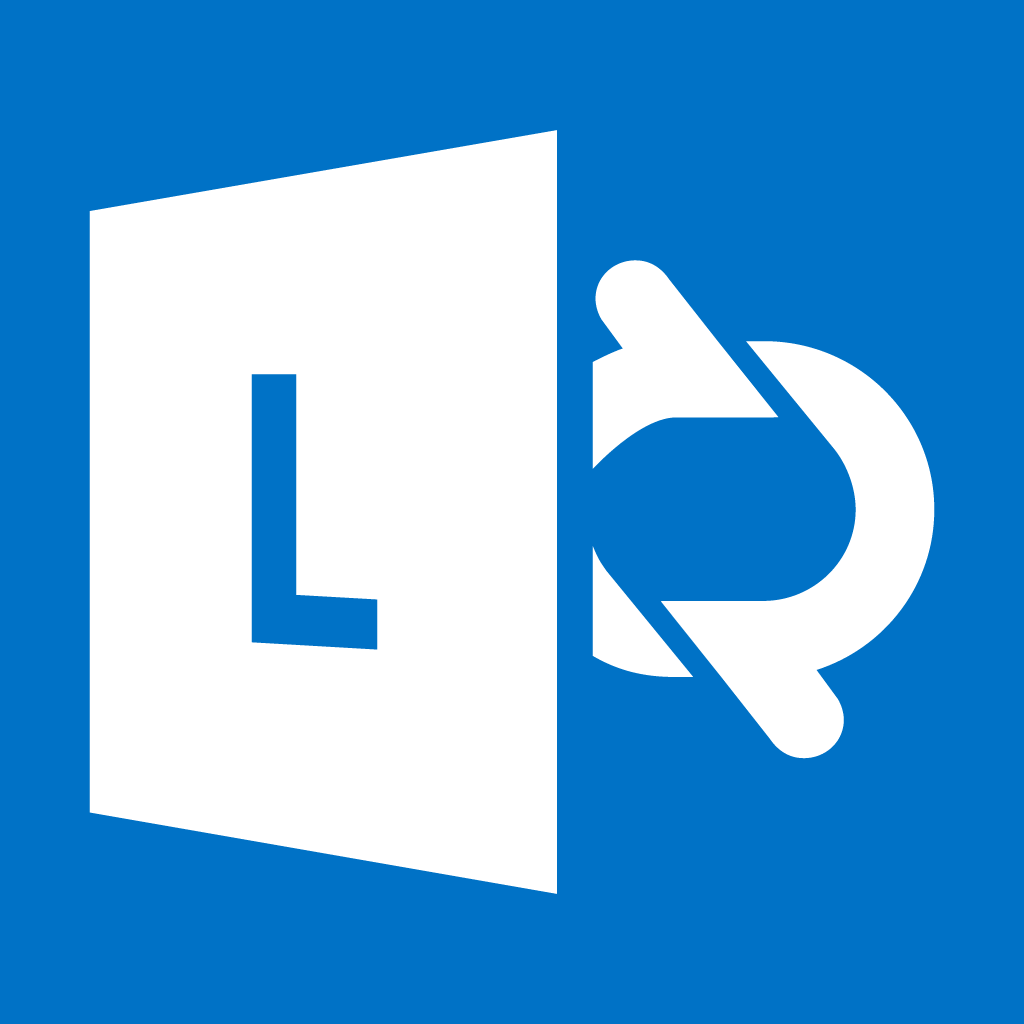

#Microsoft lync 2013 client how to#
So, let’s dive into my version of how to enable QoS. To better understand DiffServ and its affect on the network, please check out the excellent blog article written by fellow Lync MVP Jeff Schertz at the following URL: This ensures that audio/video packets get prioritized on a network that is enabled for Differentiated Services (DiffServ).
#Microsoft lync 2013 client code#
Lync has been designed to work without QoS but Lync Administrators can choose to enable both Lync endpoints as well as servers to mark Differentiated Services Code Point (DSCP) values on audio and video packets. Second of all, the question may arise, why and when would you want to enable QoS? Audio and Video are synchronize traffic that can be affected by jitter, delay, and packet loss on an IP Network. For that, you can check out my other article here. Keep in mind that this article is only for the ability to enable QOS, it is not a comprehensive guide on all the various dynamic ports available in Lync to lock down your firewalls. The purpose of this multi-part article is to lay everything out in a concise manner to help you, the reader, understand how to enable QoS for Lync Server 2013 and various supported clients such as Lync 2010, Lync 2013, and the Attendant Console . This article series will be more comprehensive than my previous article series and can be used instead of my Lync 2010 article series as this article series will provide all the necessary QoS configuration for both Lync Server 2010 and Lync Server 2013 and all the various clients while also supporting QoS for the Communicator 2007 R2 Client during a co-existence period when Communicator 2007 R2 is run against a Lync 2010 Pool. I have a previous article series on enabling QoS for Lync 2010 here. There’s documentation available by Microsoft on how to enable Quality of Services (QoS) in Lync which you can find here.


 0 kommentar(er)
0 kommentar(er)
